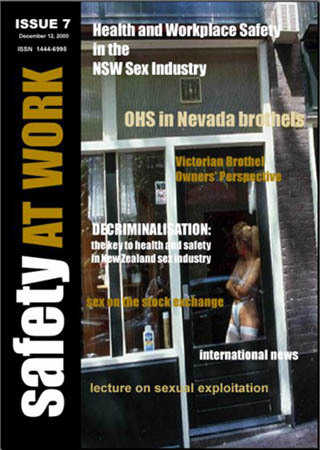Adjunct Professor Geoff Taylor recently emailed me with his concerns about the pipeline explosion on Varanus Island.
Media reports in Western Australia over the last few weeks raised serious questions about the gas crisis. Some may say that it is easy to be wise after the event, but the government had ample opportunity to be wise before the event, and develop a plan to keep a close watch on the engineering integrity of energy suppliers’ plant and an emergency plan for the state and nation. There presumably would be a safety case on file for Varanus, for example, and safety cases include contingency plans.
Prof. Andrew Hopkins wrote a book Lessons from Longford that reported on the contributing factors to the Longford gas explosion ten years ago, which left Melbourne without gas.
Here more recently we have had vibrations in the Dampier-Perth pipe, the Woodside electrical substation problem in January which cut gas supply, the National Offshore Petroleum Safety Authority (NOPSA) concerns reportedly expressed to Apache in April, and the prohibition notice NOPSA issued to the Four Vanguard FPSO off Barrow Island reported in May.
In fact it has reportedly emerged that the WA government has a critical infrastructure protection committee advising the Premier. The police had also apparently looked at Apache, from the point of view of a terror attack primarily, in 1993 and 2001, and provided advice to the company.
It is vital that the state government’s energy ministry takes a keener and more sustained interest in these matters in the future, as they clearly can affect not just WA firms and residents, but the state and national economies, and Australia’s overseas customers.
Clearly better coordination between NOPSA, WA Resources Safety (both of which find it hard to keep staff), the energy ministry and the Premier’s committee is vital. The state’s energy system cannot be run continuously at near full capacity, because there will be outages and shutdowns for maintenance.
The advent of peak oil has highlighted the critical nature of hydrocarbon supply to our way of life, and that and the need to address the greenhouse effect also require a clear national and state energy and urban design strategy, for a state and nation so far designed around cheap fuel.
Geoff is the co-author of some excellent OHS books, particularly Enhancing Safety.

